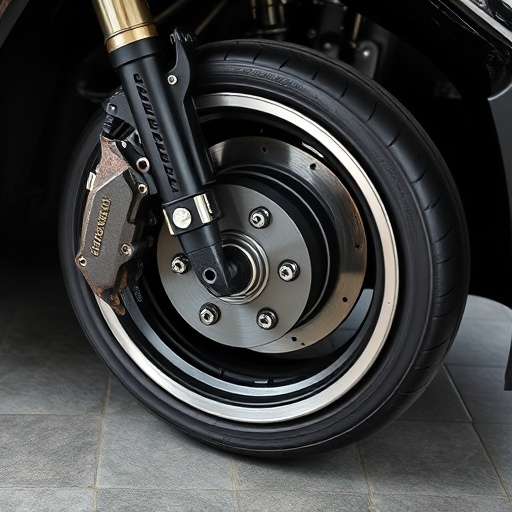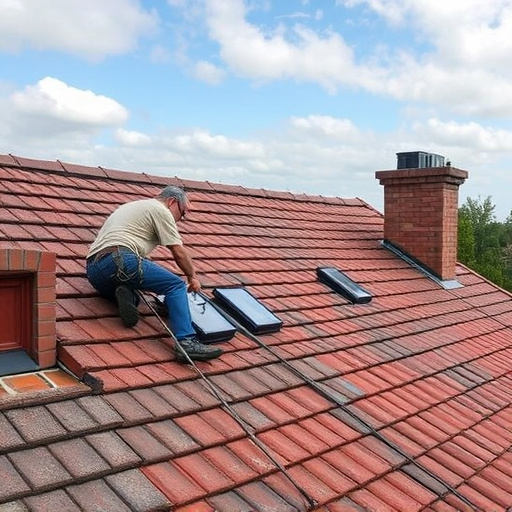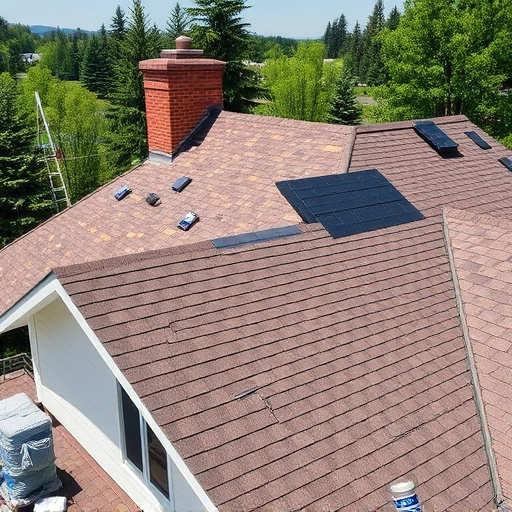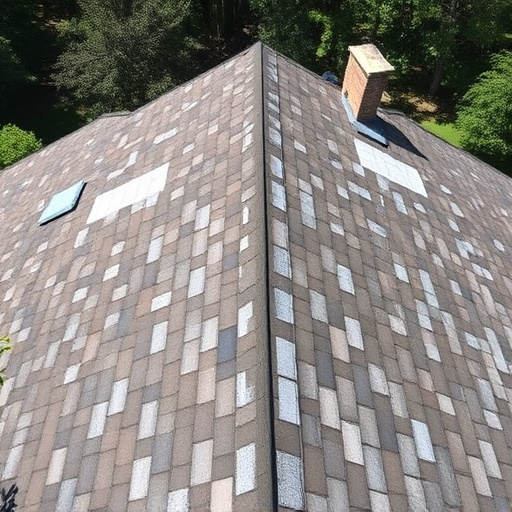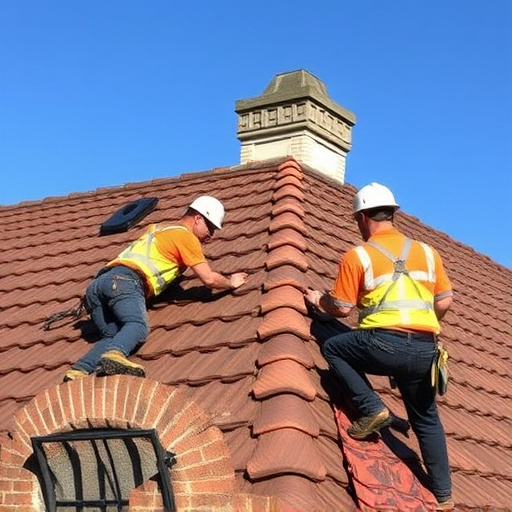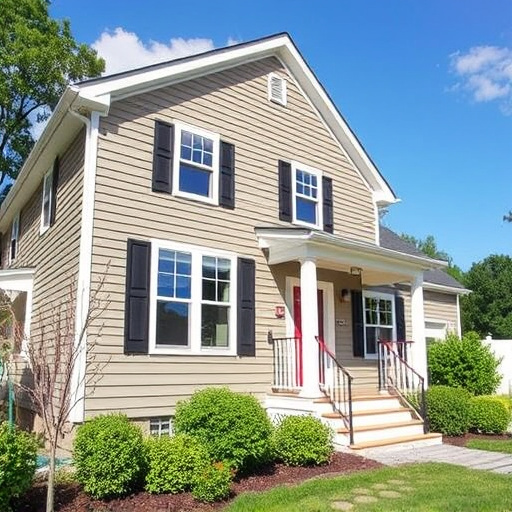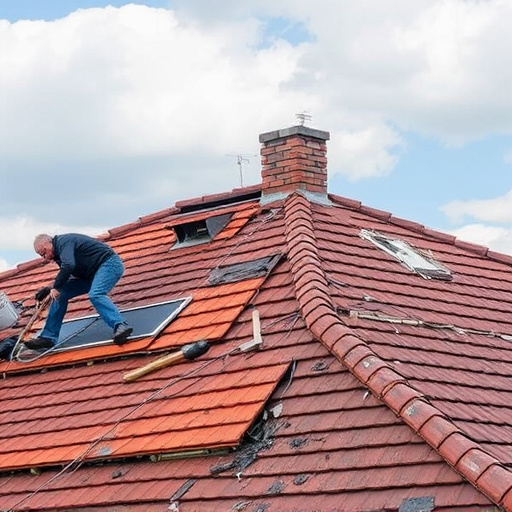Gutter systems, crucial for residential roofing, direct rainwater away from homes. Materials vary by weight, durability, and aesthetic appeal. Types include K-style, half-round, and flat gutters, catering to diverse needs. Installation involves assessment, measurement, support placement, sealing, downspout connection, and alignment for structural integrity. Post-installation checks and regular maintenance ensure gutter effectiveness; address damage, misalignment, clogs, leaks, and corrosion promptly.
“Gutters are an essential component of your home’s exterior, playing a crucial role in water management. When it comes to gutter installation, understanding the process is key to ensuring effective protection for your property. This article guides you through the entire journey, from choosing the right gutter systems and materials to the step-by-step installation and post-installation care. By the end, you’ll be equipped with the knowledge to navigate the gutter installation process with confidence.”
- Understanding Gutter Systems: Materials and Types
- Step-by-Step Installation Process: From Start to Finish
- Post-Installation Checks and Maintenance Tips
Understanding Gutter Systems: Materials and Types

Gutter systems are essential components of any residential roofing structure, playing a crucial role in directing rainwater away from the exterior home improvements and foundation. Understanding the different materials and types available is vital when planning a gutter installation. The most common materials include aluminum, copper, and steel—each offering unique advantages. Aluminum gutters are lightweight, corrosion-resistant, and affordable, making them ideal for various climates. Copper, known for its durability and aesthetic appeal, adds a touch of elegance to any home but comes at a higher cost. Steel gutters are robust and long-lasting, suitable for areas prone to harsh weather conditions, though they may require more frequent roof repair due to their susceptibility to rust over time.
When it comes to types, there are several options to consider based on your needs and preferences. Traditional K-style gutters are popular for their classic look and ability to handle substantial debris loads. Half-round gutters offer a sleek design and efficient water flow while being less prone to clogging. Flat or straight-seam gutters are known for their simplicity, strength, and ease of installation, making them a cost-effective choice. Each type serves distinct purposes, ensuring that the chosen gutter system aligns seamlessly with your residential roofing needs and enhances the overall exterior home improvements.
Step-by-Step Installation Process: From Start to Finish

The gutter installation process is a meticulous task that requires careful planning and execution. It typically begins with an initial assessment to determine the best gutter system for your roof and home’s architecture, taking into account factors like roof pitch, drainage needs, and aesthetic preferences. This step is crucial as it ensures optimal performance and longevity of the new gutters.
Once the design is finalized, the installation can commence. The process involves several stages: measuring and cutting gutters to size, installing supports and brackets for secure attachment, sealing joints for water-tightness, and finally, connecting downspouts to facilitate proper water flow away from the foundation. Skilled roofing services professionals may also offer roof consulting to ensure the gutters align seamlessly with your existing roofing and siding replacement, enhancing overall curb appeal and structural integrity.
Post-Installation Checks and Maintenance Tips

After a successful gutter installation, it’s crucial to perform post-installation checks to ensure everything is functioning correctly and safely. Start by inspecting the gutters for any signs of damage or misalignment during a heavy rain or shortly after installation. Look for clogs, leaks, or debris buildup, as these issues can compromise the effectiveness of your new gutter system. Additionally, verify that all downspouts are securely attached and direct water away from your home’s foundation to prevent erosion and water damage.
Regular maintenance is key to keeping your gutter system in top condition. This includes cleaning gutters at least twice a year to remove debris and leaves that can block the flow of water. Consider using professional roofing solutions for this task, as they have the tools and expertise to ensure thorough cleaning without damaging residential siding. Other maintenance tips include checking for loose connections, replacing worn-out components, and keeping an eye out for signs of rust or corrosion, especially in areas exposed to harsh weather conditions.
During a gutter installation, understanding your system’s materials and types is key. Following a meticulous step-by-step process ensures optimal drainage and protection for your home. Post-installation, regular checks and maintenance, including cleaning and inspection, will safeguard your investment. Remember, a well-installed gutter system is vital for maintaining your property’s integrity, so take time to learn, prepare, and ensure a seamless gutter installation process.




